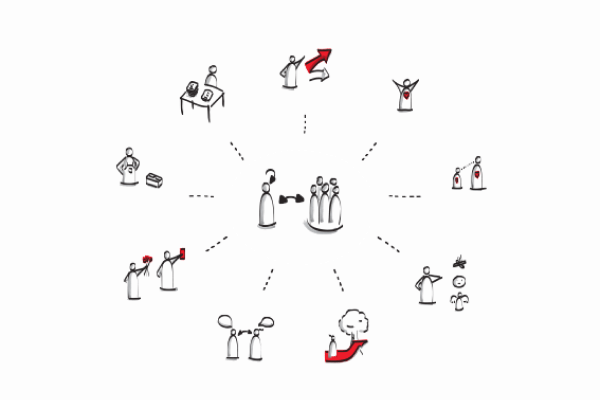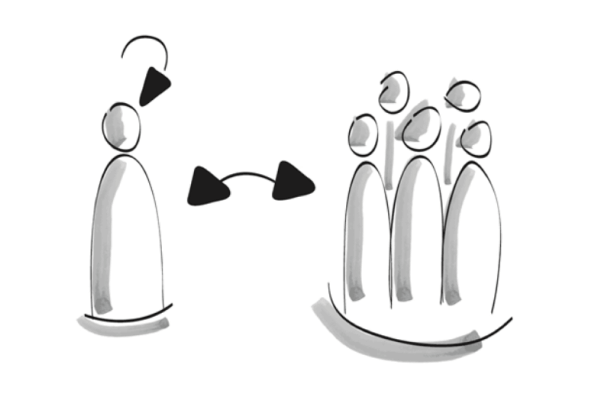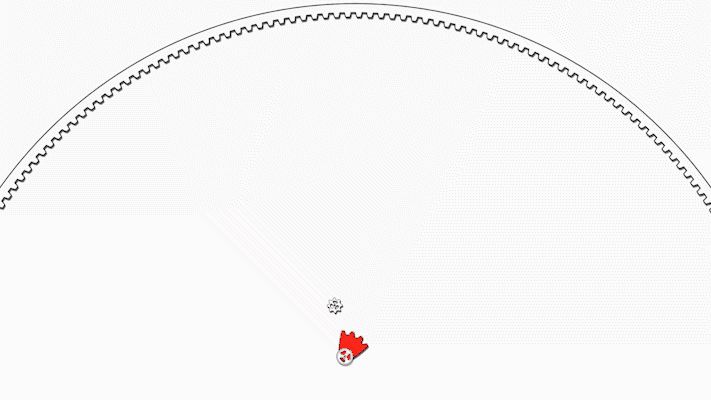Get To Know The
LP³ Model
Three approaches come together to support, develop and enhance the performance of individuals, teams and whole organisations:
- LP³ LEADER
- LP³ TEAM
- LP³ PARTNER
Over 3,000 books and articles have addressed the topic of leadership in recent years. Private and public institutions, universities, high schools and consulting companies each define their own model or attempt to sell the same concept under a different name. Within organisations, these models and theories are very often only understood by the management – the CEO, Executive Board and some senior executives. Generally speaking these models are very difficult to apply throughout the entire company.
They lack pragmatism or can only partially be transferred to the core. This is where LP3Leadership comes in.
The LP3 model is the fruit of over 27 years of management experience at various European companies and was created by David Fiorucci. The model was approved in 2009 as part of an MODCH Master's thesis (Management of Organisations and Development of Human Capital) completed at Haute Ecole Arc in Neuchâtel. This Master's thesis received the Chris Argyris Award. The underlying hypothesis is the fact that the heart and essence of leadership is always the same.
Our
Approach
The following question was put to employees: "In your experience, what constitutes a 'good' boss and what do you expect from him or her?" Several thousand responses were analysed and came from a number of European countries – Germany, France and England as well as Switzerland with its German, French and Italian-speaking regions. The teams inquired came from a wide variety of professional fields including service companies, financial service providers and industrial enterprises.
The result confirmed the hypothesis that the essence of leadership is the same everywhere. Nine categories were identified. Twenty responses are generally sufficient to represent these nine categories.The employees have a very good idea of what makes a good boss.


Here is an overview of the nine categories. They are illustrated in a circle because none of them has priority. They are all important and depend on each other. There is neither a beginning nor an end.


Get To Know Our
Philosophy
Self-reflection is placed at the centre. Whoever masters these nine categories will create a framework in which the members of his or her team feel at home. He or she will create an underlying atmosphere of trust and security. As a result, his or her employees will display commitment and perform well.
To be a good boss it is necessary to know your potential and control its impact in order to deliver the required performance.
Leadership is a life process, a way.
LP³ In Modern
Companies
The LP3 model is a reference and integrative model. In other words, it is not in any kind of competition with other models, which is also one of its strengths. By providing a common code and benchmark, it enables most of the other models to be integrated and in doing so provides them with consistency and additional strength. It also enables the other models to be understood and implemented more easily. Approaches such as transformational leadership, transactional leadership, the Malik management approach and a good many other models and methods, to name but a few, therefore take their place in the LP3 model.




